Hey guys, it's Scott.
It is Friday, February 9th. I hope you're having a good one. And thank you for all the support for that post I made last time. I didn't realize it would get such a reaction, but I also got a lot of concerned people asking me if somebody had been attacked online or if somebody was going through something. And I just wanted to clarify that really, no, it was going down there and talking with people on a human level about my own stresses of parenthood and hearing theirs and just remembering how complicated, complex and rich and multifaceted our lives are just as human beings and getting to connect on a really human and intimate level with a bunch of creators who I really love as friends and just reminding ourselves that we're part of a community that can support each other through anything—happy times, rough times, all of it. So part of it was just getting a chance to sit at a bar and talk to friends. So that was it. Just reminding people that everybody has a lot going on.
Just a tiny bit of housekeeping, FOC (Final Order Cutoff) is fast approaching for White Boat, my first DSTLRY book co-created with the great Francesco Francavilla.
We did Night of the Ghoul a couple of years ago, a book I'm intensely proud of, and we're returning to the horror genre to do our take on seafaring Island of Dr. Moreau terror. So it's a big, ambitious book. I'm very, very happy with it. I hope you'll pre -order it. So please, please, if you have a chance and you want to give it a try, please do. And support what we're doing. Order it now from your local comic book store. There are all kinds of great covers. There's a Ryan Stegman cover and on and on. So I hope you'll check it out.
But I wanted to do a really quick craft-based post because you guys seem to enjoy them as well. And I've been reading a lot of really good comics lately. So I thought I'd do a quick craft post today. You guys seem to like these. And I've been reading a ton of really good comics lately, especially indie comics. And I've been thinking a lot about tonality, about approach. So I'll call it tonality. But what I'm talking about is, the feel you create at the beginning of a comic, warm or cold. There's all kinds of variations in between. But I'm going to keep it really, really simple to give you extremes so that you can think of this as a range of approaches. But I'll look at two that have very, very different takes on tonality for their book, even though they're in the same genre.
So the first book is The One Hand. It's out just this week and it's fantastic. It's by Ram V and Lawrence Campbell with Lee Loughridge on colors, Aditya Bidikar on letters. It's a great team. Will Dennis is editing it.
But it's a sci -fi noir. It's inflected with horror. It's a real genre-bending book. And it starts a whole ecosystem of mystery. You should totally check it out. But I'm going to post the first few pages here because they were shown in preview anyway. But I want you to think about how the book begins, right?
It starts in a therapist's office, if you look at it. Big panel open, just dialogue. No narration and no dialogue. No dialogue whatsoever in that first panel. Not in the second one, just a ticking clock. “So tell me, Ari.” And then we hear the almost of those silver balls clacking together. “Why did you want to be a detective?” “Oh, I don't know, Ms. Halam. I mean, I don't have one of those stories, nothing dramatic or interesting for that matter.” And then he stops. “What's that you're writing?” And she's like, “sorry, I didn't mean to distract you. Please continue.” And then we see the little bird that dips in the water and out. And so as it goes on, he tells the story of how there wasn't really a lot to do where he grew up. And when his dad caught him smoking, he sent him up to the police academy. And from there on, he just became a detective. And she says one question at the end of this, “do you still smoke?” And he says, “yeah, of course I do.” And then on that image, you see this very, very creepy room covered with a bloody handprint and all kinds of strange cryptic symbols with what looks like a body under a sheet or a pile of bodies. And so I'll just stop there. But the tone here is cold, right? In a good way. It feels ominous. It feels not welcoming and yet intensely intriguing. That's what a cold book can do. James Tynion's The Deviant has a similar feel. We looked at that in our horror class:
That feeling of something that really grabs you, gives you oxygen and space to kind of move inside of it with quiet paneling, without handholding, without leading you forward. And yet there's a kind of unsettling but attractive quality to the way the story is moving. It's elliptical. It's still cryptic. It doesn't sort of give you itself from the beginning. Part of the allure of a book like that is it feels like it's daring you to continue. It's creating questions and mysteries as it goes. And it doesn't have to be the genre. You can think of it in horror, like The Deviant, like I said. Drama, you can think of TV shows and books like that as well as sci-fi. Sci-fi has a lot of examples. I mean, Blade Runner is a very interestingly cold one, even though it has narration (in the theatrical cut, which as we all know is inferior to the Final Cut ~Ty). So a cold tonality is kind of an approach that essentially doesn't welcome somebody in with conventional tactics. It doesn't say, “let me tell you a story” or “once upon a time” or “my name is…” And it also, through the art, gives you kind of no comfort, but gives you beauty, gives you space, can also be claustrophobic, but essentially isn't trying to lead you in. It's sort of presenting something almost to you and daring you to continue. You can see it both on the art side and you can see it on the writing side.
Now, if we move over and we look at Where the Body Was, another murder mystery, by Ed Brubaker and Sean Phillips with Jacob Phillips on colors. It has a very, very different approach. Now, again, I think the reason is, Ram's story is about a future where people are disconnected from one another, disconnected from their own bodies. You start to learn there's artificial intelligence as part of the story as well, cut-off body parts. There's a sense of decentralization, of dehumanization. And so that cold approach fits the theme of the book. When I was doing Clear, I did sort of sci-fi noir, but it felt like I needed to do narration and make it very intimate because it was all about people living in their own bubbles psychologically.
And so I wanted to give you the bubble of this one character and walk you through it. Whereas in Dungeon, the book I'm doing now with Hayden Sherman over at IDW, I don't have any narration. I don't have any kind of handholding.
It's meant to be stark and you'll see a lot of quiet paneling. It has a colder tonality. But this book, Where the Body Was, opens with a map of a neighborhood. Then it opens with a cast of characters. Even in the packaging, it gives you this.
It starts, “June 27th, 1984. It all started at the boarding house. The house had been built in the late 30s, one of the first houses on Pelican Road, right where it dead-ended above the hillside. The original owners were Henry and Louise Robbins, newlyweds. But Henry died just five years after they moved in, storming the beach at Normandy. After several years of mourning, Louise turned her big empty home into a boarding house, renting its extra bedrooms to college students at first.”
Now it goes on. So a completely different approach. Now, if you look at the paneling as well, it's warmer, the colors, there's more open space. It's not tight, claustrophobic at times the way Ram had his paneling when he showed things that were distracting or disruptive to the scene, like the little bird hitting the water, the silver balls. This is very inviting in its colors and its tones and its space on the page. And especially in its narration, it's welcoming you to the neighborhood. And without getting too far in, what happens is it tells the story of the house and then it begins telling the story of different characters in the neighborhood. And as it does that, they even give first person narration at times. So it has multiple forms of narration, which is a really unconventional way of telling a story. Usually you stick to one. You either do first person all the way through, a third person all the way through. First person is “I this, I that.” Third person is omniscient, like, “when Parker walked down the street, he saw that wasn't his car. It wasn't where it should be.” That kind of thing.
So what I'm trying to say is if Ram story, The One Hand is a mystery about isolation, being haunted by a case you couldn't solve, and a future where people are dehumanized in all kinds of ways. This is a story that's very much about nostalgia and loss and regret and fading love and the relationships between people and the legend of a murder in a neighborhood and how it affected and rippled out from its origins. And so in that way, this approach fits that better. This approach for this story fits better than a cold tonality. A cold tonality would be you see the body, you move it, you see the body, you see the body, you see the body, you see the body, you see the body, you move away from it, you see kids looking, it's silent, you move and then you cut to 10 years ago, or you cut to da da da. It's a different kind of thing. It's intriguing you because of its disjointedness, because of how it's unsettling, because of the questions and mysteries it raises, because of the contrast in the panels. It's showing you that it has a bigger design, but it is also distant. Stand By Me, a super warm movie if you think about it. Memento, cold movie, cold tonality. Wildly different kinds of things.
But anyway, I just wanted to sort of bring it up. Tonality has a lot of different sort of craft elements in it. Art, writing, paneling, narration or not narration. It's all these things that make it up. But as a broad approach, it's a really healthy thing or a helpful thing for me when I approach a book like that I'm writing right now, like White Boat, to be like, what do I want the tonality to be? Is it cold or is it warm? And for me with this one, I kind of split the difference. I want White Boat to feel a little gothic. So I want the narration of that “I'm lost at sea, day four” sort of feeling. And at the same time, I don't want it to be too intimate because I do want a character who's also learning things that are really disruptive and upsetting. And so I need to give it room to breathe and make it a little mysterious. So it's bending all of those things to fall somewhere in the middle. Anyway, just wanted to bring it up, and read both books! They're awesome. Okay, guys, have a great weekend. Let's talk again next week!
S





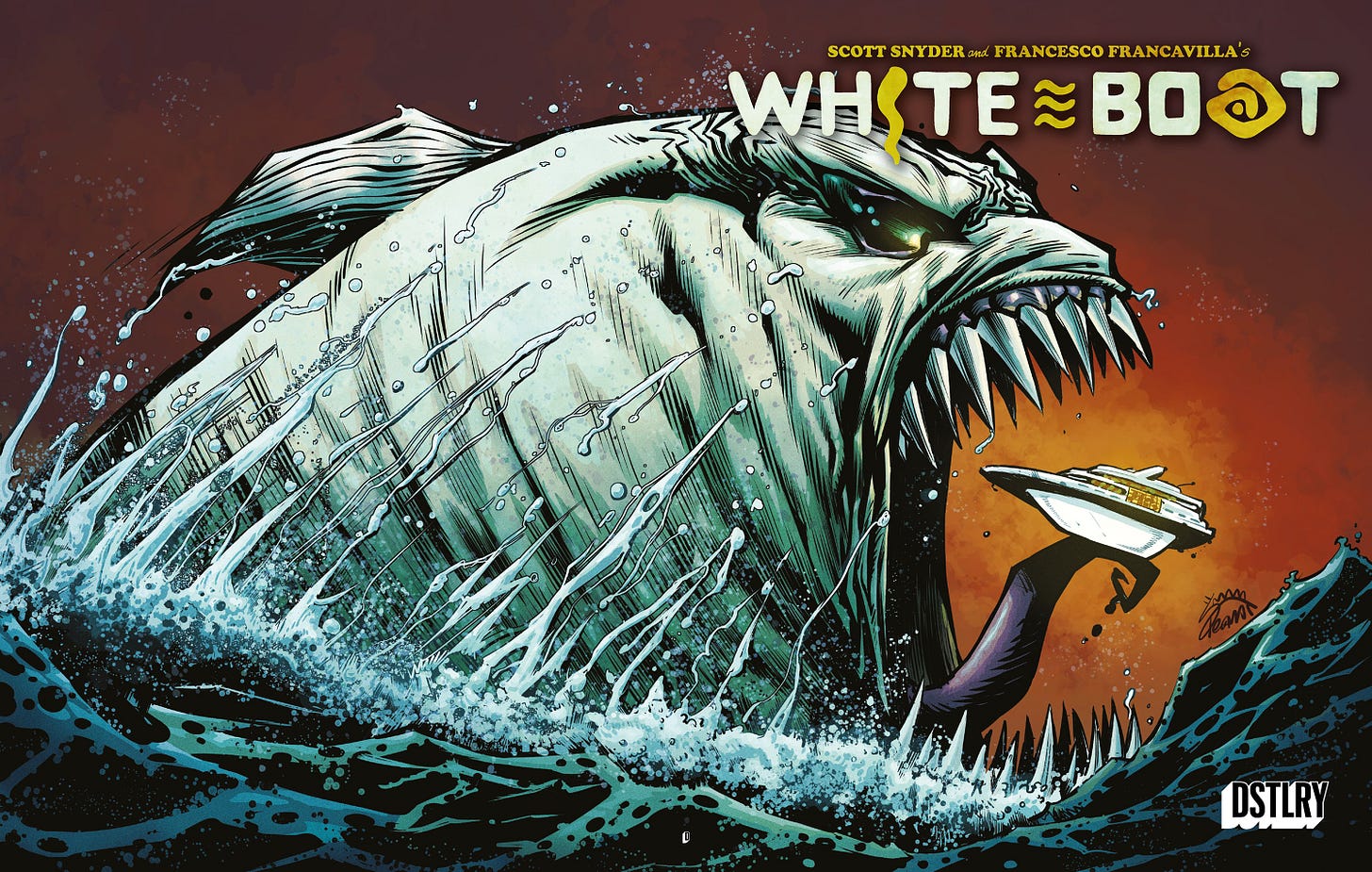
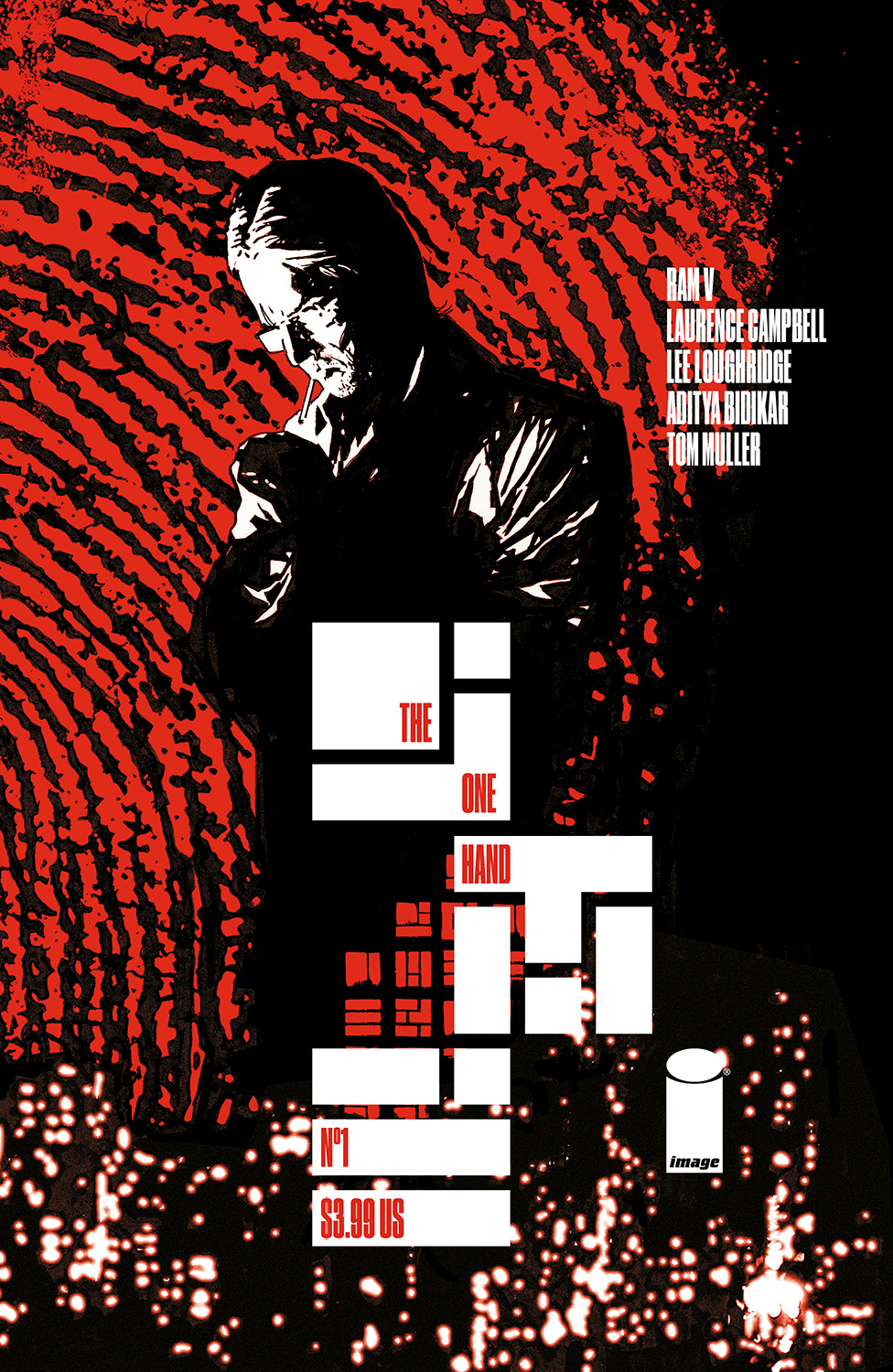
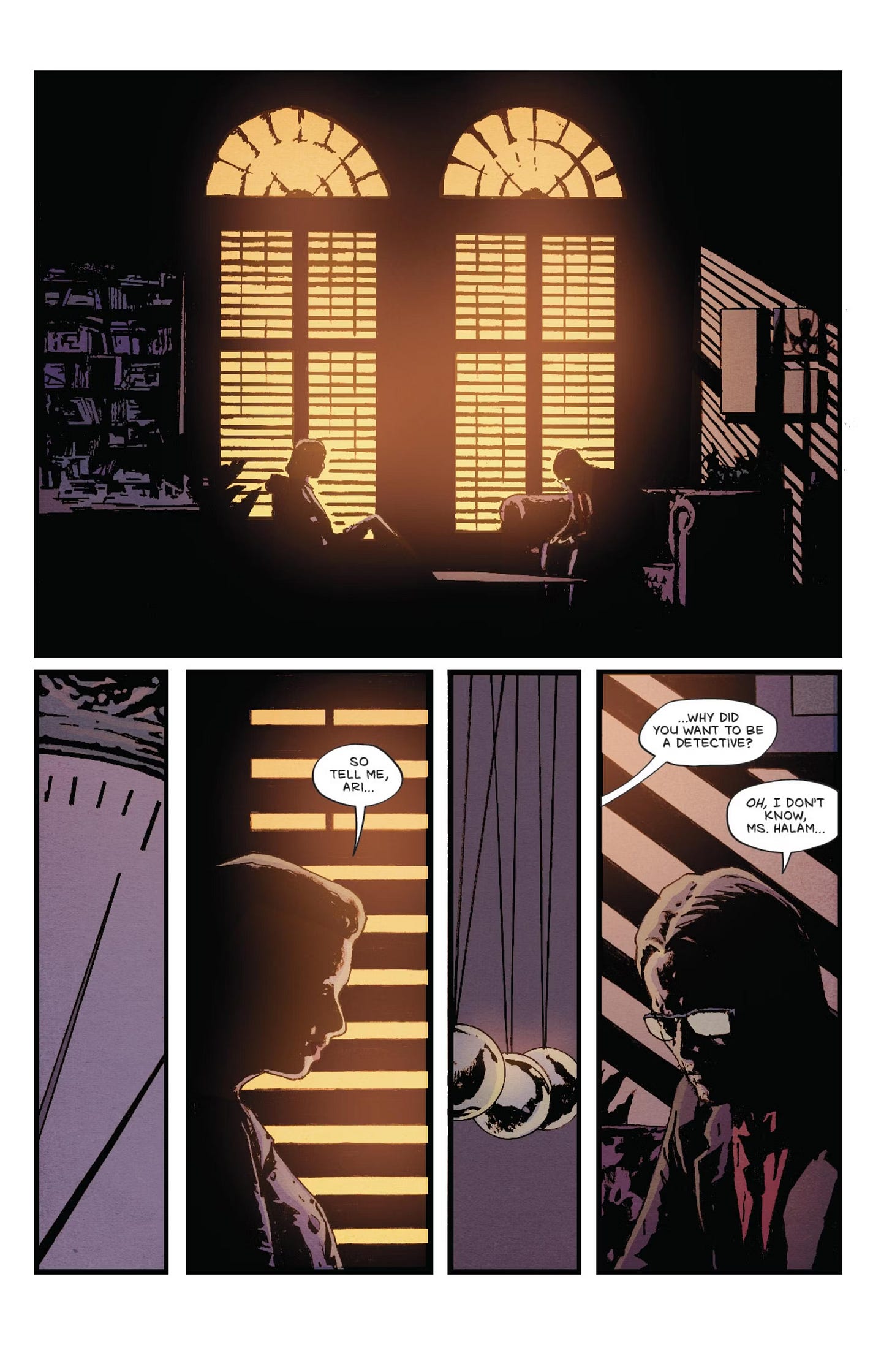
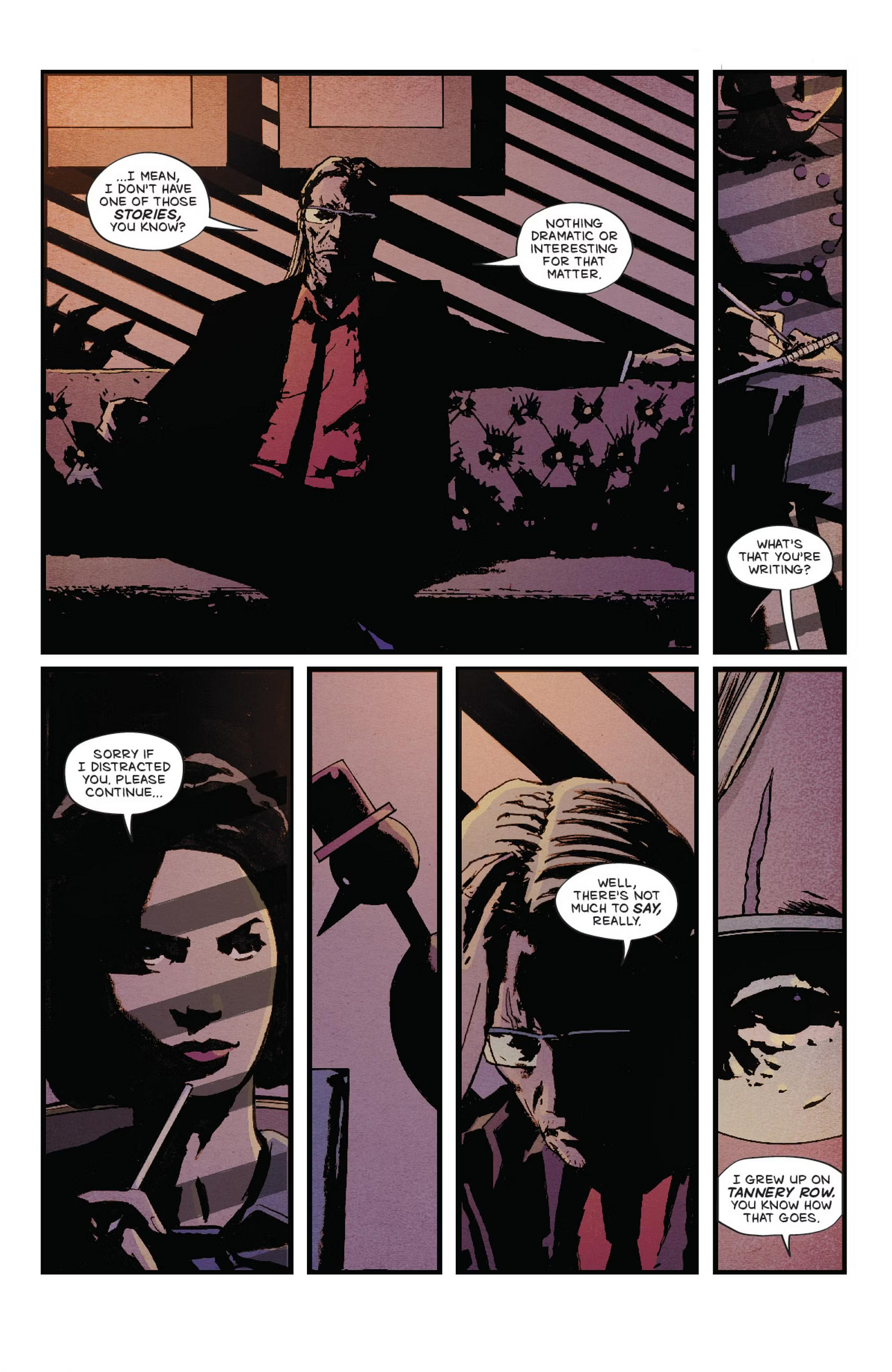


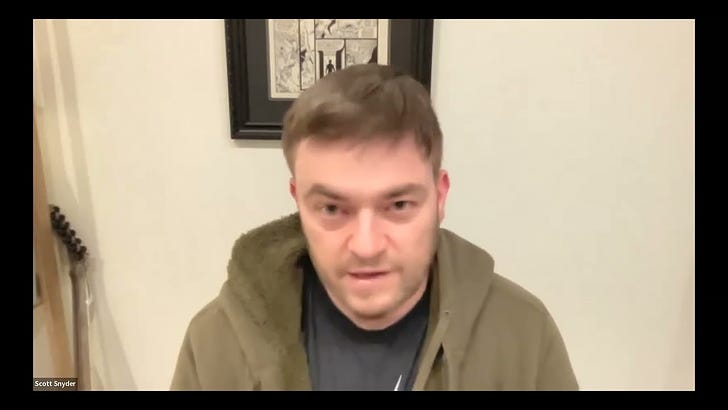
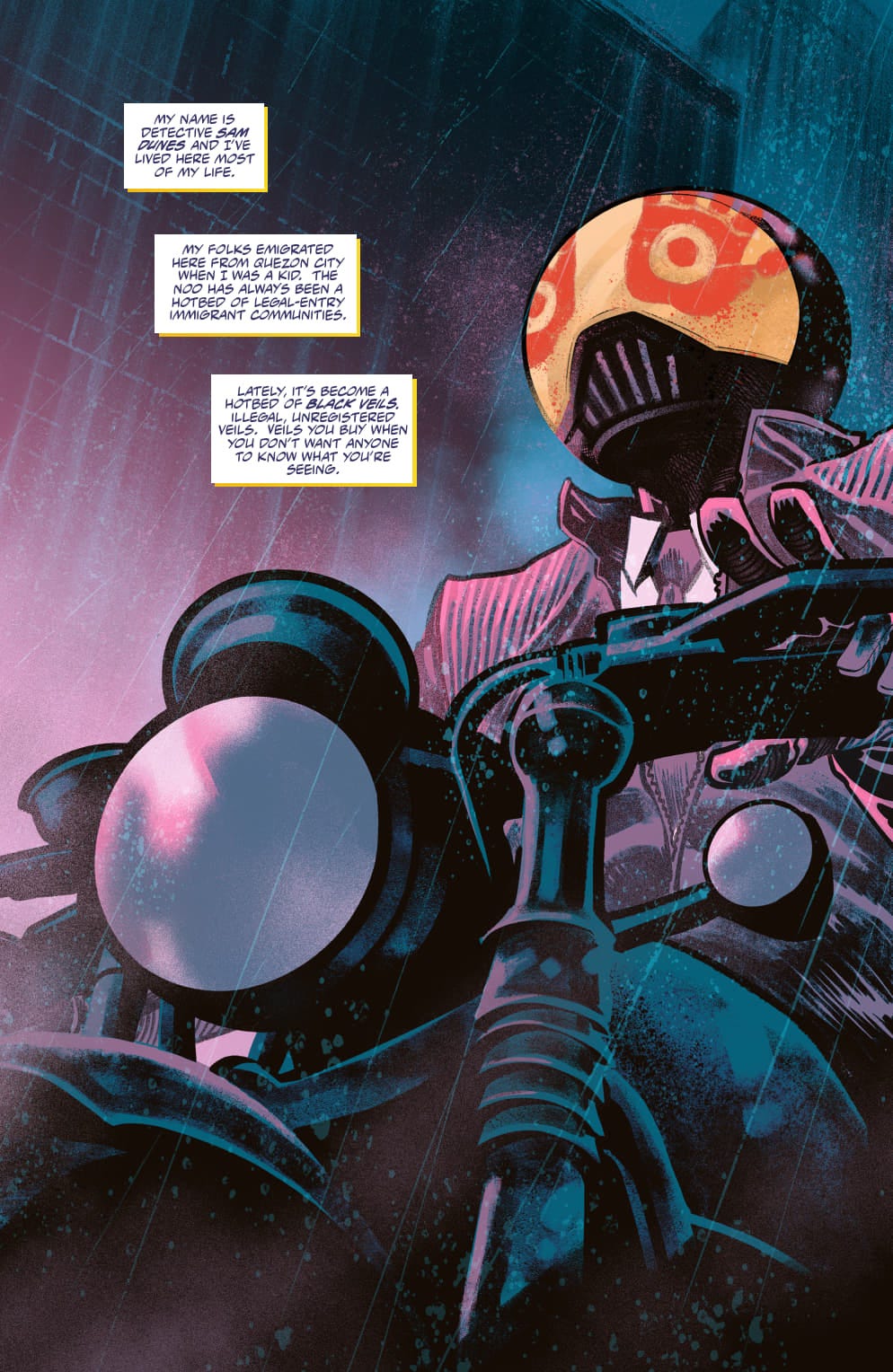
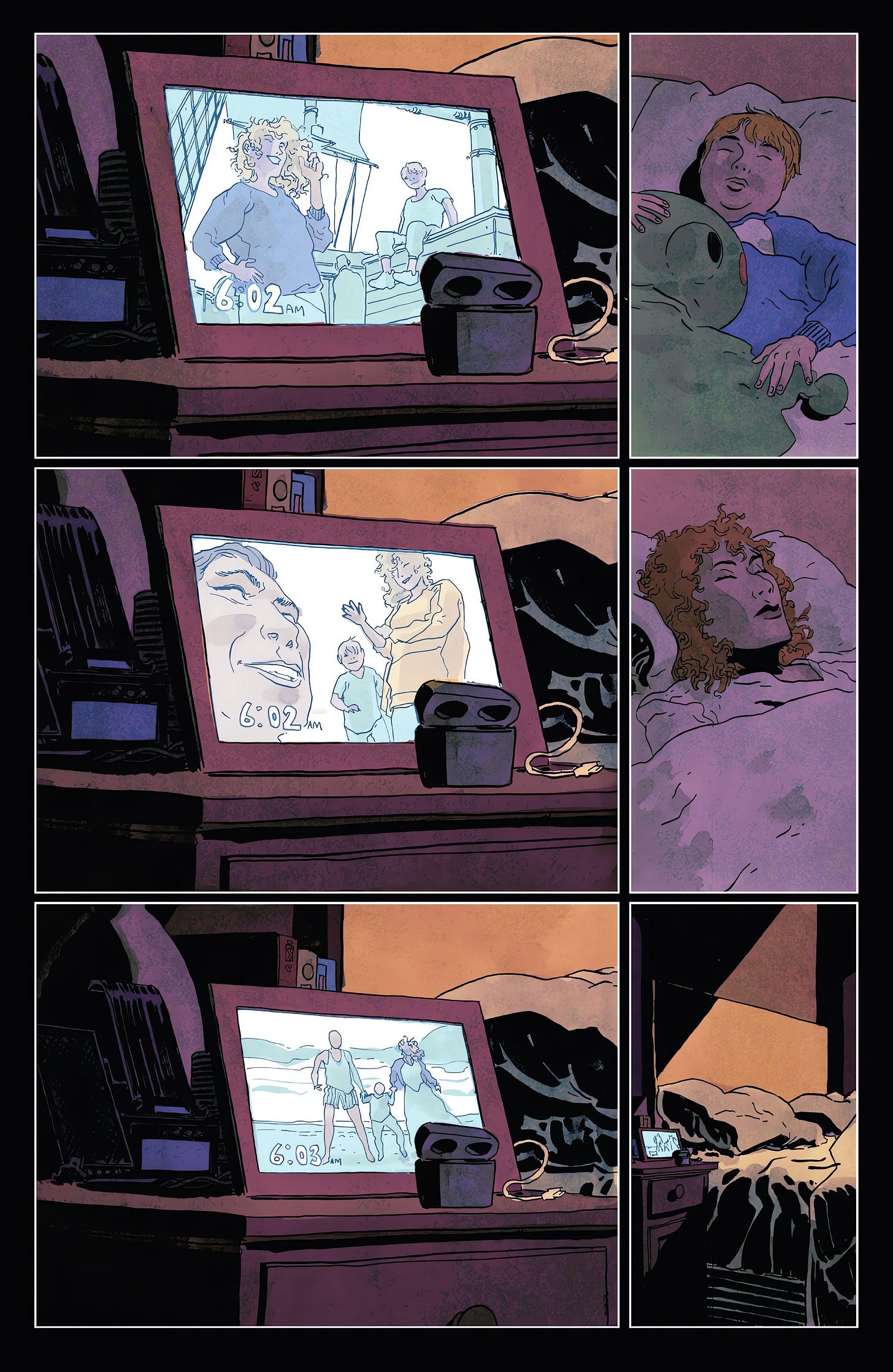

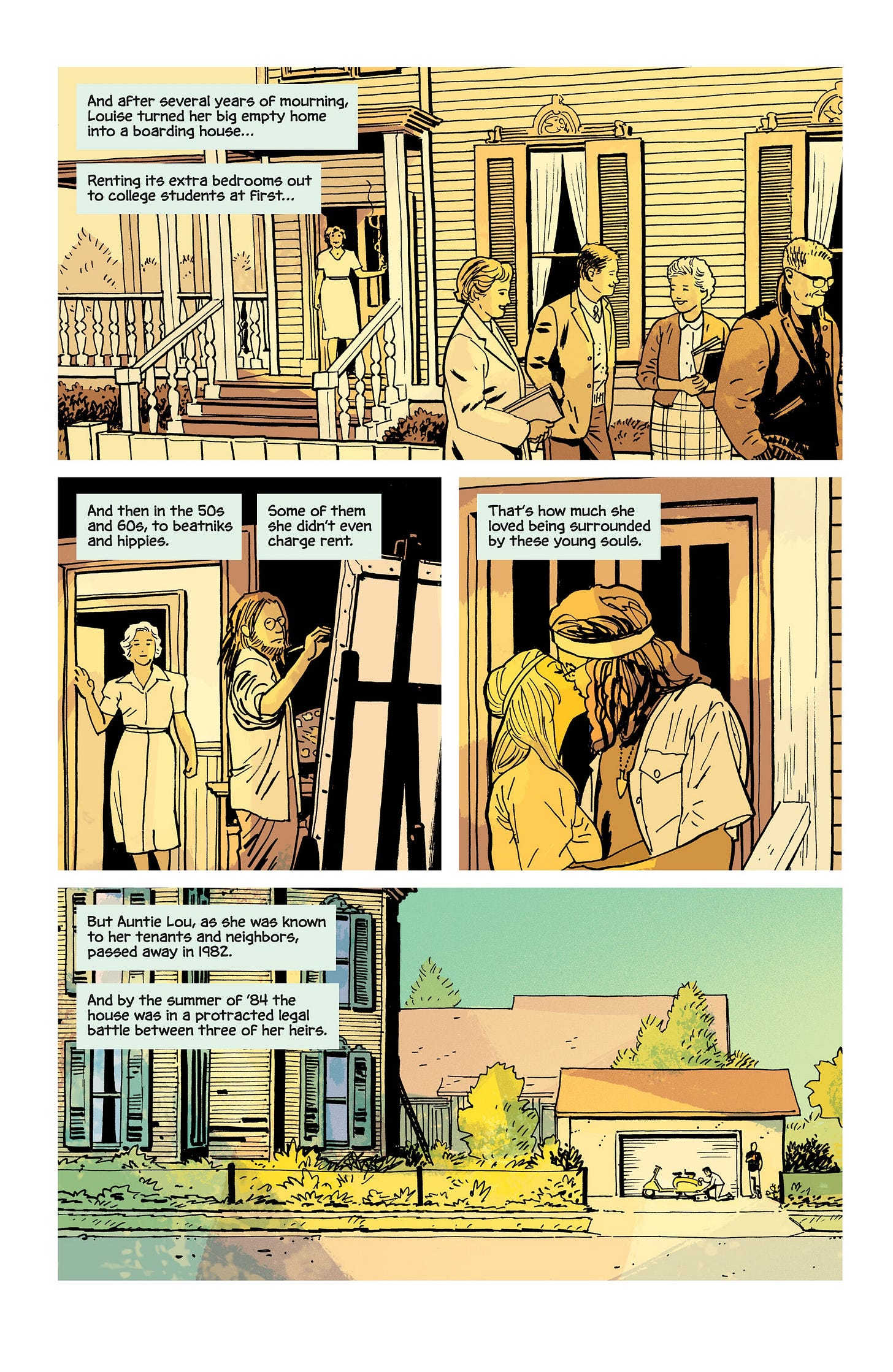

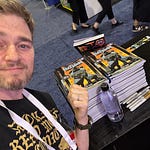
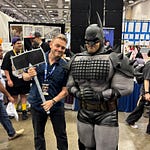


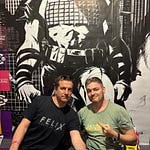
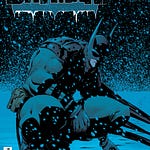
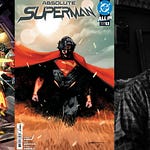
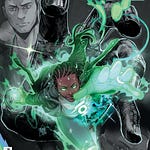
Share this post